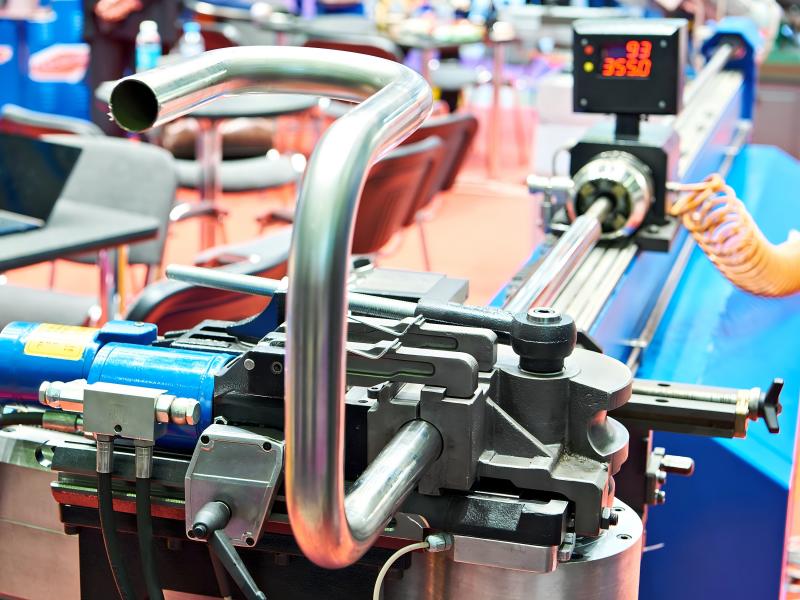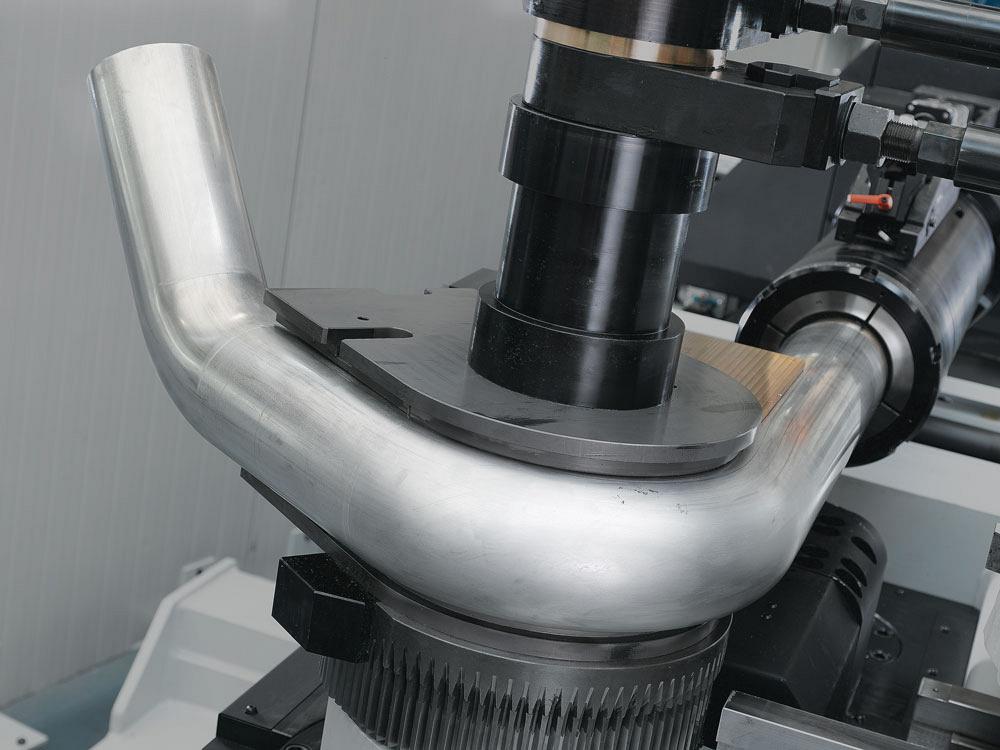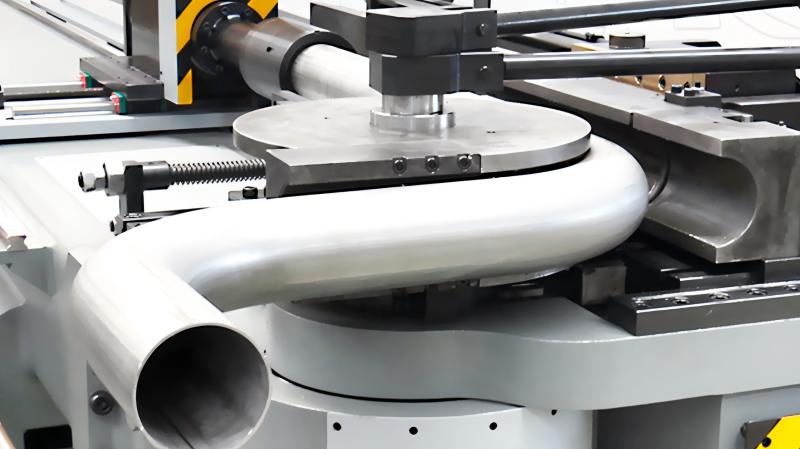Centre de documentation
Manuels et guides techniques complets pour vous aider à maîtriser les machines HARSLE et à optimiser votre efficacité dans le travail des métaux
Pourquoi la consommation d’énergie d’une cintreuse de tubes est-elle importante dans la production ?
Consommation d'énergie de la cintreuse de tubes plays a vital role in managing production costs and ensuring smooth workshop operations. If you want to understand how energy usage influences your manufacturing efficiency and overall expenses, you’re in the right place. In this article, I’ll walk you through the importance of monitoring and optimizing tube bender energy consumption, outline practical methods to cut unnecessary power use, and share guidance on choosing machines that deliver both performance and efficiency. Whether you’re upgrading existing equipment or designing new production lines, this guide will help you make smarter, energy-conscious decisions.
Key Factors Influencing Cintreuse de tubes Consommation d'énergie

Machine Type and Drive System
Different types of tube benders, such as hydraulic, electric, or electro-hydraulic models, have distinct energy profiles. Hydraulic machines often consume more energy during startup and under heavy load, while fully electric benders typically offer higher efficiency and lower operating costs. Evaluating the drive system can help you select a machine with energy consumption that fits your production volume and budget.
Type et épaisseur du matériau

The type of metal you bend and its thickness directly impact energy consumption. Harder metals or thicker tubes require more force, which increases the energy demand on your tube bender. I recommend reviewing the energy specifications of your machine against the materials you plan to work with to avoid unexpected high power usage.
Operational Speed and Cycle Frequency
Running your tube bender at maximum speed or continuously without breaks can spike energy consumption. Balancing production speed with energy efficiency is key. I usually schedule high-volume bending tasks during off-peak hours when electricity costs are lower and avoid unnecessary idle running of the machine to save energy.
Strategies to Optimize Energy Efficiency
Choosing the Right Tube Bender Model
Selecting a machine with low energy consumption can yield substantial cost savings over time. Look for models with electric or servo-electric drives, energy recovery systems, and programmable settings that reduce idle power use. Comparing energy ratings and reviewing manufacturer specifications for each model will give you a clearer picture of potential energy costs before purchase.
Optimizing Operation Practices

Small changes in operation can dramatically reduce energy usage. For instance, grouping similar bends together minimizes machine start-stop cycles, which are energy-intensive. Ensuring proper lubrication and alignment of the bending die reduces mechanical resistance, lowering the power needed per bend. Additionally, training operators to use efficient bending sequences and avoid unnecessary adjustments contributes to overall energy savings.
Regular Maintenance to Reduce Consumption

Routine maintenance not only extends machine life but also reduces energy waste. Check hydraulic fluid levels, clean filters, and inspect motors and drives for wear. A well-maintained tube bender operates smoothly, requiring less power to perform the same tasks. Energy-efficient maintenance practices should be scheduled regularly to ensure consistent performance.
FAQ
What is the typical energy consumption of a hydraulic tube bender?
The energy consumption depends on the machine’s tonnage, cycle frequency, and material type. On average, hydraulic benders consume more energy during startup and under heavy load, but proper maintenance and optimized operation can reduce unnecessary usage.
Can I reduce energy costs without replacing my tube bender?
Yes. Regular maintenance, using energy-efficient operating modes, and monitoring your energy usage can lower costs significantly. Simple adjustments in speed, load distribution, and idle time can make a big difference.
How does material choice affect tube bender energy consumption?
Harder metals or thicker tubes require more force to bend, which increases energy consumption. Selecting materials according to your machine’s specifications helps maintain efficiency and avoid overloading the bender.
Conclusion
Comprendre et gérer cintreuse de tubes energy consumption is essential for reducing production costs and improving workshop efficiency. By choosing the right machine, maintaining it properly, and optimizing operational settings, I can ensure lower energy usage while maintaining high-quality bends. For more detailed guidance or specific recommendations on energy-efficient tube benders, contact our team or explore other related documentation to enhance your production setup.
This article contains over 650 words and naturally integrates the core keyword tube bender energy consumption, along with long-tail keywords like “energy-efficient tube bender” and “how to optimize tube bender energy usage,” ensuring both SEO optimization and practical value for readers.













